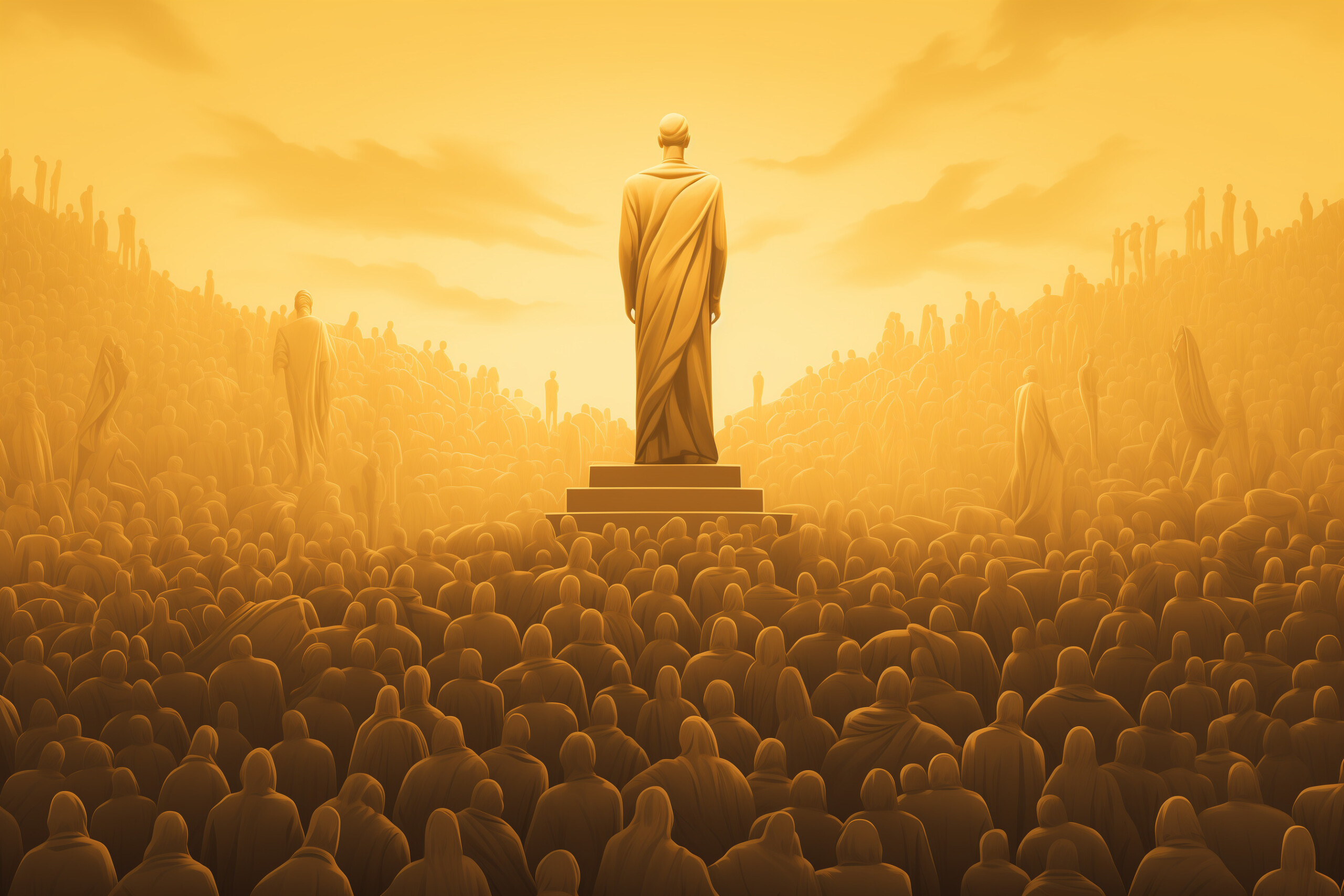Year after year, the anti-capitalist organization Oxfam publishes a report to coincide with the World Economic Summit in Davos, Switzerland. And year after year, claims from these reports are blindly regurgitated by media outlets worldwide. The message is the same every year, but Oxfam always repackages it using every marketing and public relations (PR) trick in the book. What is the message? The rich are getting richer, and the poor are getting poorer. Although the second part of the sentence is untrue, Oxfam’s imagination knows no bounds when it comes to making it appear to be true.
This year, Oxfam compared the wealth of the planet’s five richest men, which has doubled, with that of the five billion “poorest,” which has fallen. Why five billion? With eight billion people living in the world, one wonders whether as many as five billion people actually live in poverty. No. According to the 2023 Global Multidimensional Poverty Index, the figure is 1.1 billion. According to World Bank data, and depending on which definition of poverty you use, the figure is 659 million (extreme poverty) or 1.8 billion.
I don’t know of any definition that classifies five billion people in the world as poor. So how did Oxfam come up with that number? Quite simply: two “fives” fit together: the five richest and the five billion poorest.
There is another more important reason: the number of people living in extreme poverty has been falling almost continuously for years; the decline was only interrupted by the COVID-19 crisis. Before capitalism emerged, most of the global population was living in extreme poverty. In 1820, the rate was 90 percent; today, it has fallen below 9 percent. Most remarkably, over the past few decades, the decline in poverty has accelerated more rapidly than in any phase of human history. In 1981, the rate was 42.7 percent; in 2000, it had fallen to 27.8 percent; today, it is 8.5 percent!
But that doesn’t fit with Oxfam’s thesis. So, Oxfam arbitrarily increased the number of poor people to five billion so that the findings fit its thesis.
And to ensure that the increase in wealth of the super-rich is particularly strong, Oxfam chose March 2020 as the point of comparison for its latest report. Why 2020 and not 2022 or any other year? Because, in March 2020, the wealth of the super-rich fell sharply due to the pandemic stock market crash, so the increase is particularly drastic in comparison.
With all this sleight of hand, Oxfam arrives at its message this year that the wealth of the five richest has more than doubled, while the world’s five billion “poorest” have lost $20 billion during the same period.
If the Figures Don’t Fit the Message, Change the Methodology
The so-called study changes its figures and methodology every year and always in such a way that it achieves the greatest PR impact. For example, in 2017, Oxfam announced that the eight richest men were worth more than the poorest half of the global population. This has been repeated hundreds of thousands of times in “news” articles all over the world. A great PR success! If you do an online search for “eight men own the same amount of wealth as half the world,” you will get millions of hits.
In 2016, Oxfam attracted widespread attention with a report claiming that the wealth of the world’s 62 richest people was equivalent to that of the poorer half of the world’s population. To make the message that inequality is rising at breakneck speed particularly clear, Oxfam simply changed the methodology behind its calculations from one year to the next. If Oxfam had used the same method in 2016 as it did in 2017, then 9 people, not 62, would have owned more wealth than the poorer half of the world.
The calculation was questionable because the “poorer half of the world” included a surprising number of people in the developed world—including, for example, in the United States—who had taken out loans to buy a house or finance their studies. At the time, the London School of Economics criticized Oxfam, saying that it was misleading at best to count an average university graduate with debts of around £50,000 as one of the poorest people in the world. Especially as this totally ignores their future income potential. According to Oxfam’s calculation, a German pensioner who had just taken out a small loan to buy a car was poorer than a farmer in Burundi.
Normally, numbers are used to clarify the facts of a matter. But not at Oxfam, where numbers are used to obscure facts.

